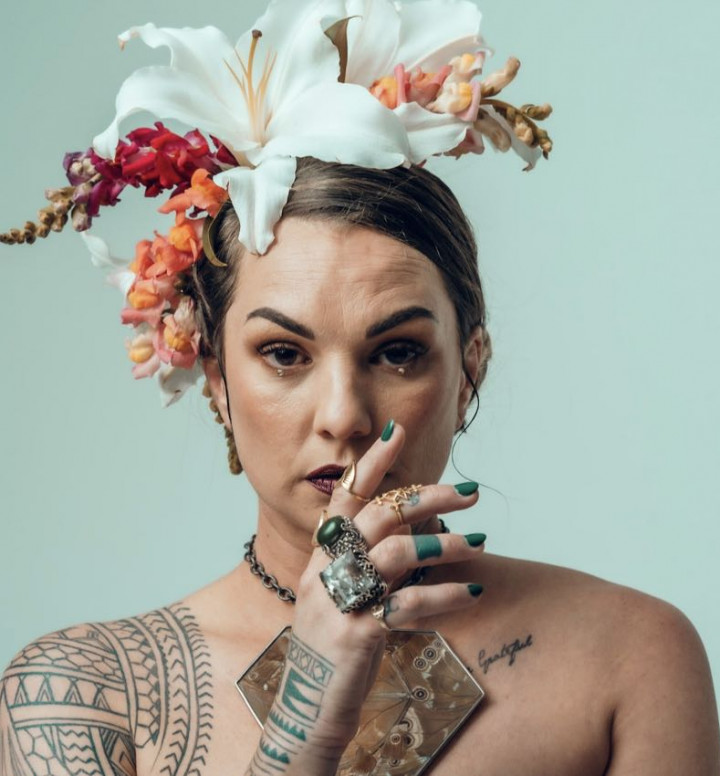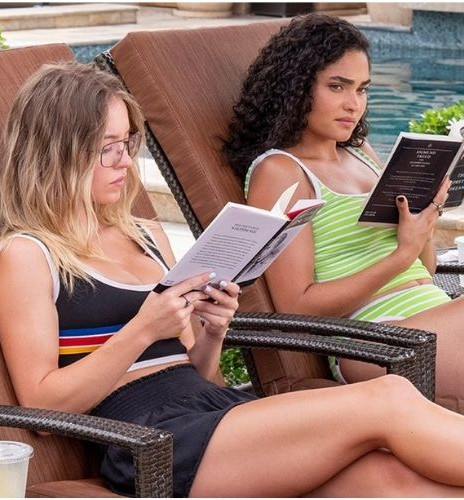How the RNZB is reimagining movement, identity and home, according to Artistic Director Ty King-Wall
This winter, ballet in Aotearoa takes a bold leap forward. In a groundbreaking first, the Royal New Zealand Ballet (RNZB) has joined forces with the New Zealand Dance Company (NZDC) for Home, Land & Sea. As the company prepares to tour Wellington, Auckland, and Christchurch this July and August, Remix sits down with Ty King-Wall, the artistic director behind the stage-lit splendour.
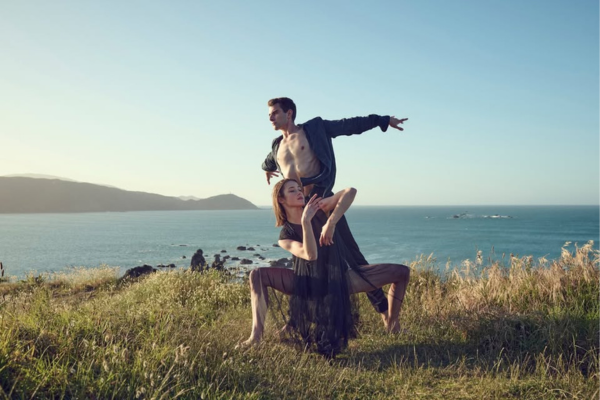
This season is all about home and what that means for us here in Aotearoa. It also marks the first collaboration between RNZB and the New Zealand Dance Company. Why was now the right time for this partnership?
I don’t know if there’s ever a right time, but this felt like a natural next step. The New Zealand Dance Company has done amazing work across its history, including currently under Moss Te Ururangi Patterson. RNZB has built a strong relationship with Moss in recent years, creating several important works with him. So bringing both companies together felt like an exciting evolution of that connection–a joining of forces.
Moss Te Ururangi Patterson’s new work delves into Aotearoa’s complex history and evolving identity. What does this kind of storytelling through ballet mean to you, and RNZB?
For us, it’s as much about the learning that happens during the creation process as it is about the final performance. I remember the cross-company collaborations with Bangarra Dance Theatre when I was dancing with The Australian Ballet—they were huge learning opportunities. We gained so much, both in understanding another culture and discovering new ways of moving.
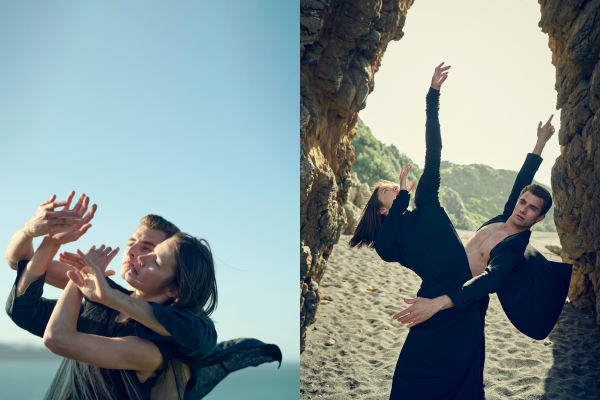
This season is full of artistic risk. How do you balance innovation with tradition in a national ballet company?
That’s one of our biggest challenges, especially with a smaller company who perform a limited number of productions per year. But ballet has always evolved. We sometimes forget that even the great 19th-century classics have changed drastically over time. Innovation is part of our DNA. And ballet’s versatility means we can tell any kind of story, in any number of ways - you’ll see that play out in Home, Land & Sea.
I know Chrysalis is being given a strong fashion presence. Why must ballet be visually connected to contemporary culture and design?
Ballet is inherently collaborative—we utilise costume, lighting, set design, and now AV design, including the use of projection in a very integrative way. Fashion and ballet have long influenced each other, from the Ballets Russes collaborating with Chanel and inspiring Dior, Cristian Lacroix, Yves Saint Laurent, to modern designers such as Rory William Docherty, who is working with choreographer Shaun James Kelly on Chrysalis.
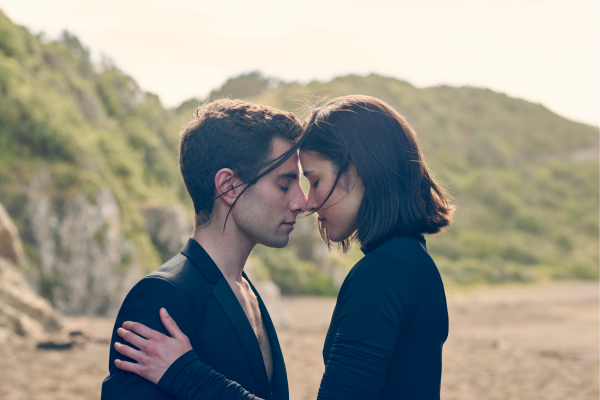
You’ve mentioned wanting to ‘defy expectations of what ballet is and what it can be.’ What are some expectations you hope to challenge with this season?
I'd like audiences to come with an open mind. Ballet doesn’t have to follow a clear narrative. There’s not necessarily a right or wrong way to experience it. Everyone's interpretation is valid. This season, with its contemporary lean, really encourages that kind of individual, empowered response.
For someone who has never been to the Royal New Zealand Ballet, what would you say to get them to attend?
When I'm chatting to people who haven't seen ballet before, or who say it's not for them, I always reply—maybe you just haven’t seen the right ballet yet! The art form is unbelievably diverse, and the range that is possible using the classical vocabulary as a language is incredible. It can speak to any story, and to anyone. Let it surprise you!



